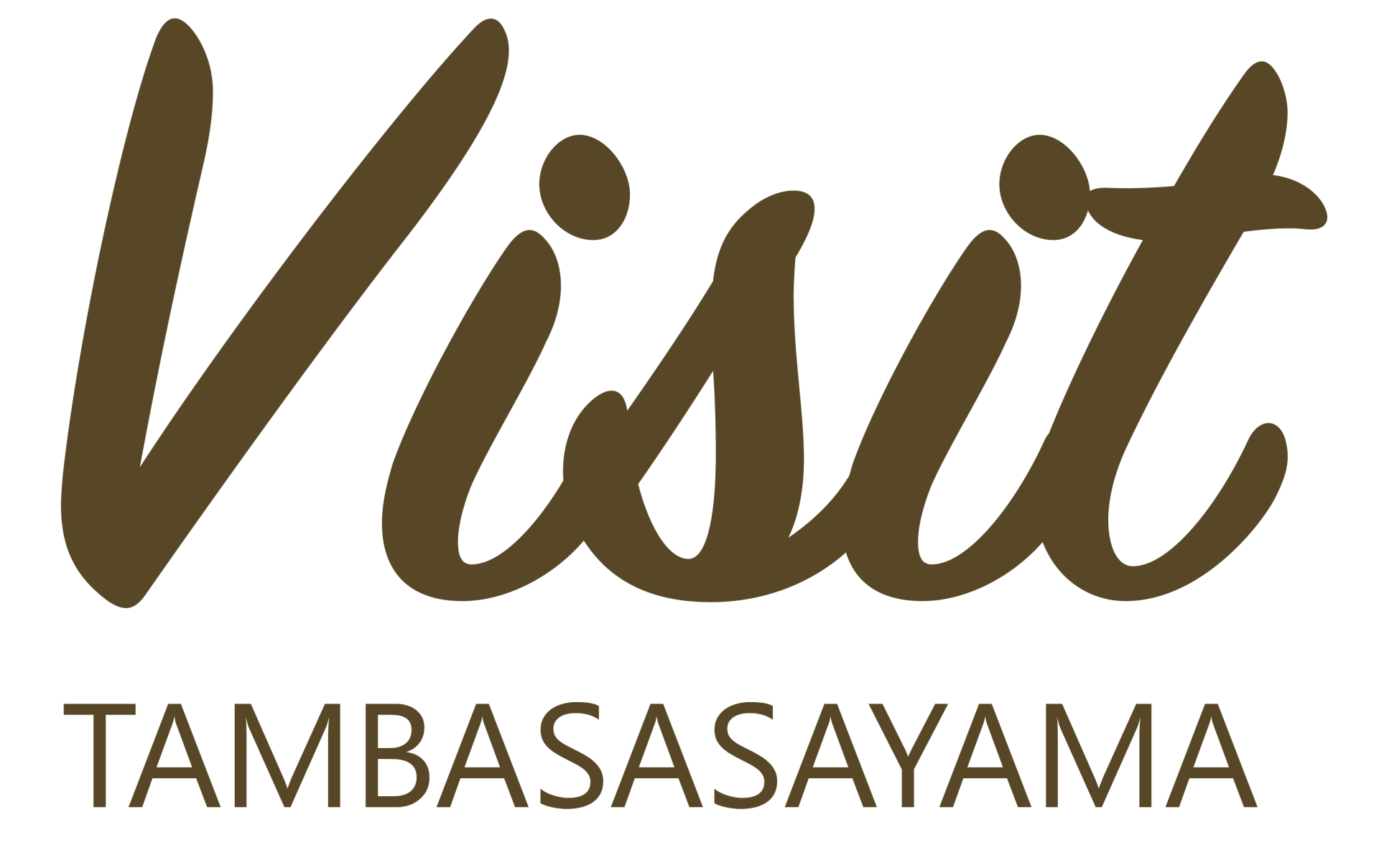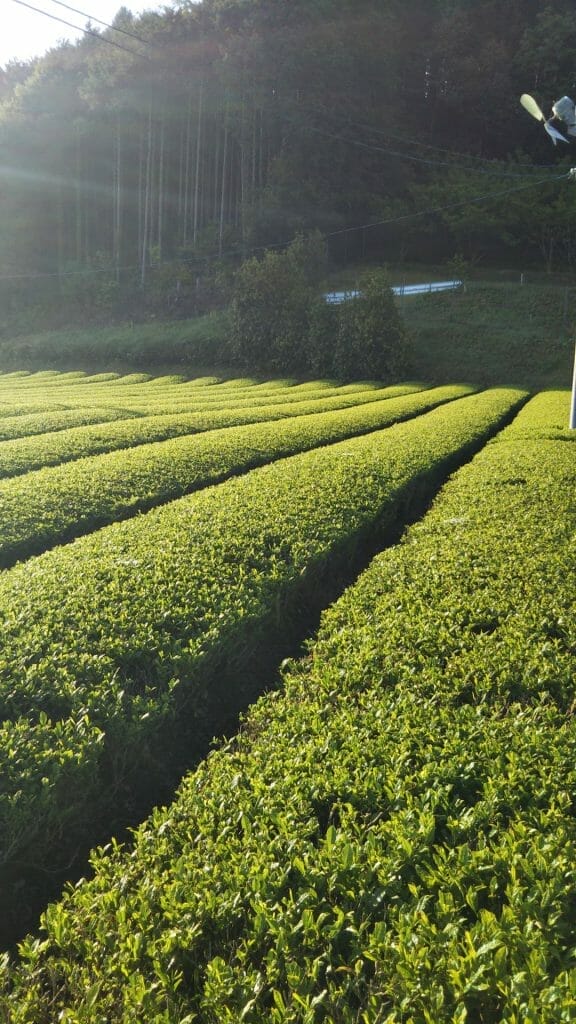Tamba Sasayama: A World Apart from Tokyo

If you’ve been to Tokyo (or Osaka, or any of the other metropolitan areas of Japan) and think you know Japan, think again. Cities and towns in the countryside, such as Tamba Sasayama (often called by its previous name, just “Sasayama”), have many more adventures waiting for you along with a deeper education into things Japanese. And if you want to understand Japanese culture in general, then experiencing life in the countryside, where cultural traditions and customs still thrive today, is essential. But don’t wait too long: even the countryside of Japan is changing rapidly.
I ended up picking Sasayama by accident and without really knowing much about it, but now over 30 years later I realize that it was the best accident of my life. Not only it is filled with cultural tradition and natural beauty, but it’s only a bit over an hour from Osaka by train and only about an hour from Kyoto, Osaka, or Kobe by car. And it does not matter what you are interested in. If you are interested in any aspect of Japanese culture, you’re bound to find something to suit your preferences. For example, the local temple in my village, Daikokuji, is a nationally designated important cultural property, designated for its unique combination of Japanese and Chinese architecture (being extremely serene and beautify probably helped as well), but on any weekend you might find young people there taking photos of each other in cosplay, something the temple priest welcomes. The photo is of a temple complex called Bunpoji that is only a few minutes walk from my place.
The main attraction in Sasayama would have to be its agricultural delights, particularly in the autumn when many local specialties come into season, including Yamanoimo (mountain yams), black soybeans (extremely popular around Japan and a necessity in the special New Year’s meals, but an exclusive specialty of this region), wild boar meat (normally in a Nabemono, or cooking pot meal), chestnuts, and more. But the rice grown in the area, as well as a wide variety of vegetables, are top class too. And if you are into sake, there are several local brands that go well with the Sasayama delicacies.
But there is more. Sasayama is an old castle town with all of the cultural offerings of Japanese tradition. There is a Noh drama stage that is said to be one of the best in the Kansai region with performances several times a year (we’ve watched one with the snow falling on New Year’s eve, and watched another one with the cherry blossoms floating in the wind). There are also wonderful temples to explore, one of the six old kiln sites of Japan in the Tachikui village that has both traditional and modern pottery, and a whole range of individual artists working at studios throughout the city (including mine) in various media.
And yet there is still more because Sasayama offers much natural beauty just about everywhere you go, and even more beauty in the mountains for those that enjoy hiking. Within an hour’s hike from my house I can go up to explore the old ruins of mountain castles, mountain temples, and even an old copper mine. I recently took some French potters up and walked for eight hours as they enjoyed the moss, pieces of history, and ‘1,000-year’ spruce trees. (That’s not a specific age, but they are old and beautify, in a wabi-sabi sense.) If you’re into history, you can visit Takashiroyama, the site of the castle that was defeated as an important strategic move leading up to later battles to unify Japan.
Now that I think about it, there is nothing I do not like about Sasayama. The seasons are just right—not too hot in the summer and not too cold in the winter (with only an occasional snowfall to suit the season). I’m sure that visitors will also find it special. There is no one big attraction here that you can see quickly and be on you way, so be sure to allow for a few nights in Sasayama so you can take the time to look around and enjoy the many things Sasayama has to offer. But enjoying a slower pace is also another attraction of the countryside of Japan.
















